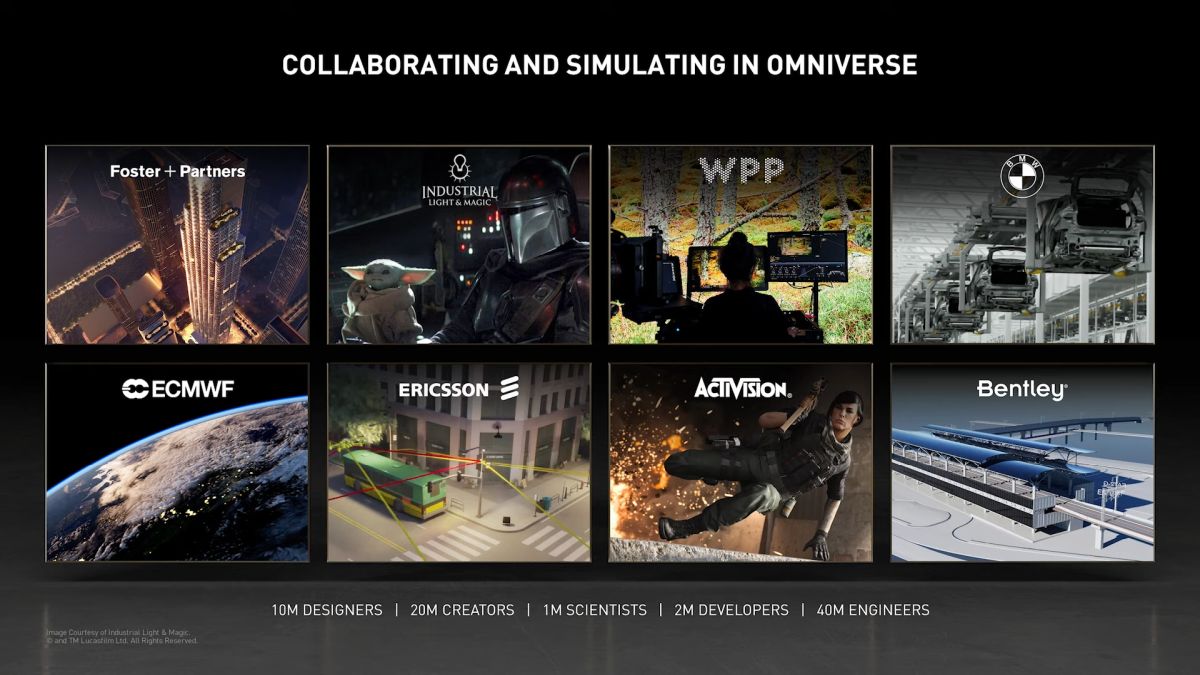As for what Omniverse is, Huang explains his idea as being inspired by a metaverse that first described by the author, Neal Stephenson, in his novel Snow Crash. In the novel, Stephenson described a collective of “shared 3D spaces” and virtually enhanced physical spaces that act as extensions of the internet. If that made any sense to you, or if the concept sounds familiar, that’s probably because you’ve come across or engaged with it in one form or another through online video games, like MMORPGs like World of Warcraft, or even online shooters such as Call of Duty Warzone or Fortnite. With Omniverse, NVIDIA is giving entities such as production companies, advertising firms, and architects the ability not just to collaborate within a shared space, but also the ability to create a digital twin of places that already exist. The collaboration part of Omniverse is easy to understand: imagine individuals such as visualisation specialist and special effects digital artists physical separated because of COVID-19, coming together through a shared nucleus – made using Pixar’s open standard Universal Scene Description (USD – in order to create a new scene. The catch here is that with Omniverse, neither individuals need to have separate copies of assets to work on their respective task. Instead, the platform enables them to work on the same scene within it, but more importantly, they can do it in real-time.
By NVIDIA’s account, Omniverse has enabled advertising agencies like WPP to recreate virtual scenarios and locations in a studio, formed within the Omniverse. Couple that with the platform’s obedience to the laws of physics, and it’s safe to say that the possibilities to the platform’s use are nearly limitless. At the time of writing, NVIDIA Omniverse has been in beta since December last year, and Huang says that the enterprise license will be available starting “this summer”. (Source: NVIDIA)
